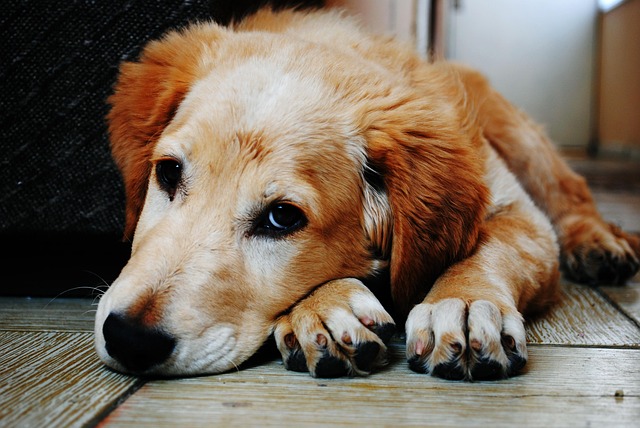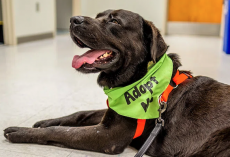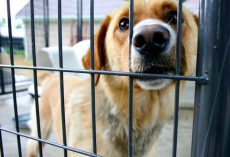Nothing feels worse than seeing your dog suddenly act “off” — especially when you have no idea what caused it. Because dogs can get into things quickly, knowing the signs of poisoning can help you react fast and potentially save your pup’s life.
Below is a complete guide to the symptoms of dog poisoning, common toxins, and what to do if you think your dog ate something harmful.
Signs of Poisoning in Dogs
Poisoning symptoms vary depending on what your dog ate. Chocolate can rev up a dog’s heart and cause hyperactivity, while toxic plants may trigger weakness or seizures.
Common signs of poisoning include:
- Vomiting
- Diarrhea
- Loss of appetite
- Lethargy
- Weakness
- Tremors
- Seizures
- Drooling
- Trouble breathing
- Fast heart rate
- Hyperactivity
- Loss of coordination
- Mouth or skin irritation
Symptoms can appear within hours — but some toxins take longer to show effects. Don’t wait for symptoms if you know or even suspect your dog ate something dangerous.
Common Things That Are Poisonous to Dogs
Some everyday foods, plants, and household items can be dangerous for dogs. Even things that seem harmless to us can be toxic to them.
Foods toxic to dogs
The most common offenders include:
- Chocolate
- Onions and garlic
- Grapes and raisins
- Alcohol
- Sugar-free gum (especially with xylitol)
- High-fat foods (like bacon)
More foods that can be dangerous:
- Caffeine
- Avocado
- Macadamia nuts
- Apple cores
- Peaches and plums
- Raw or undercooked eggs, meat, or fish
- Yeast Dough
Toxic flowers
Some popular flowers to keep out of reach include:
- Azaleas
- Easter lilies
- Stargazer lilies
- Tiger lilies
- Foxgloves
- Cyclamen
- Oleander
- Daffodils
- Amaryllis
- Chrysanthemum
- Crocus
- Kalanchoe
- Tulip and Narcissus Bulbs
Plants that can poison dogs
Common toxic plants include:
- Sago palms
- Poinsettias
- Hydrangeas
- Ivy
- Tomato plants
- Aloe
- Snake plants
- Marijuana plants
- Castor Bean
- Pothos
- Schefflera
- Yew
Household items that are unsafe for dogs
Keep these tightly secured:
- Human medications
- Antifreeze
- Fabric softener sheets
- Pesticides
- Lawn fertilizers
- Weed killer
- Mothballs
- Rat poison
- Paint
- Bleach
If it’s harmful to humans, chances are it’s harmful to dogs — often even more so.
What To Do If You Think Your Dog Was Poisoned
If you see your dog eat something toxic or notice any symptoms, call your vet immediately.
Your vet may direct you to a poison control hotline. Two important numbers to keep saved:
- ASPCA Poison Control: (888) 426-4435
- Pet Poison Helpline: (855) 764-7661
Providing as much detail as possible — what your dog ate, how much, how long ago — helps vets treat your dog quickly and effectively.
How Vets Treat Dog Poisoning
Treatment depends on the toxin, how much was ingested, how long it’s been, and your dog’s overall health.
Possible treatments include:
- Inducing vomiting
- IV fluids to help flush toxins
- Laxatives
- A stomach tube
- Activated charcoal to prevent absorption
- Surgery in severe cases
- Supportive care for seizures, abnormal heart rate, breathing issues, or pain
Some cases resolve quickly, while others require more intensive and prolonged treatment.
Prevention Is the Best Protection
Keep toxic foods, plants, and chemicals securely stored, and only feed your dog items you’re sure are safe. Even the most careful pet parents can have mishaps, so knowing the signs of poisoning — and acting fast — can make all the difference.
If you get your dog to the vet quickly, the odds are overwhelmingly in your pup’s favor.











